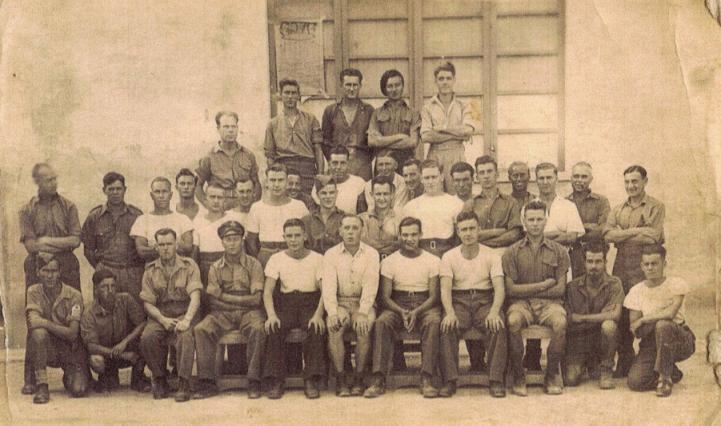Type Prisoner-of-war camp | In use 1940-1945 | |
 | ||
Stalag III-D was a World War II German Army prisoner-of-war camp located in Berlin.
Contents
Camp history
The camp was established on 14 August 1940 on the corner of Landweg and Osdorferstraße in Berlin-Lichterfelde. The commandant and camp administration offices (Kommandantur) were later located at Belle-Alliance Straße 106-107, in Kreuzberg. With prisoners from Belgium, Great Britain, France, Yugoslavia, Soviet Union, Poland, USA, Italy and Czechoslovakia, the camp's maximum capacity was 58,000 men. Prisoners were mostly allocated to sub-camps (Zweiglager) and work details (Arbeitskommando) in and around the city. Their medical needs were provided by Reserve Lazarett ("Reserve Hospital") 119 at Neukölln and RL 128 at Bieldorf.
Sub-camps
Prisoners of Stalag III-D were also housed in a number of sub-camps (Zweiglager), designated Stalag III-D/Z:
Two further sub-camps; Stalag III-D/999 in Zehlendorf West, Berlin, and Stalag III-D/517 at Genshagen, Ludwigsfelde, were created in May–June 1943 as "Holiday Camps", offering better living conditions, and a steady diet of propaganda, in an attempt to persuade prisoners into joining the British Free Corps. The Germans particularly sought out former members and sympathizers of the British Union of Fascists, but the attempt was largely a failure with the unit never numbering more than about 30 men at any time. A small number of men from these camps also joined the staff of the Ministry of Propaganda, working for radio stations and magazines. A similar camp at Friesack, designated Stalag XX-A (301), was established to recruit Irishmen serving in the British Army.
